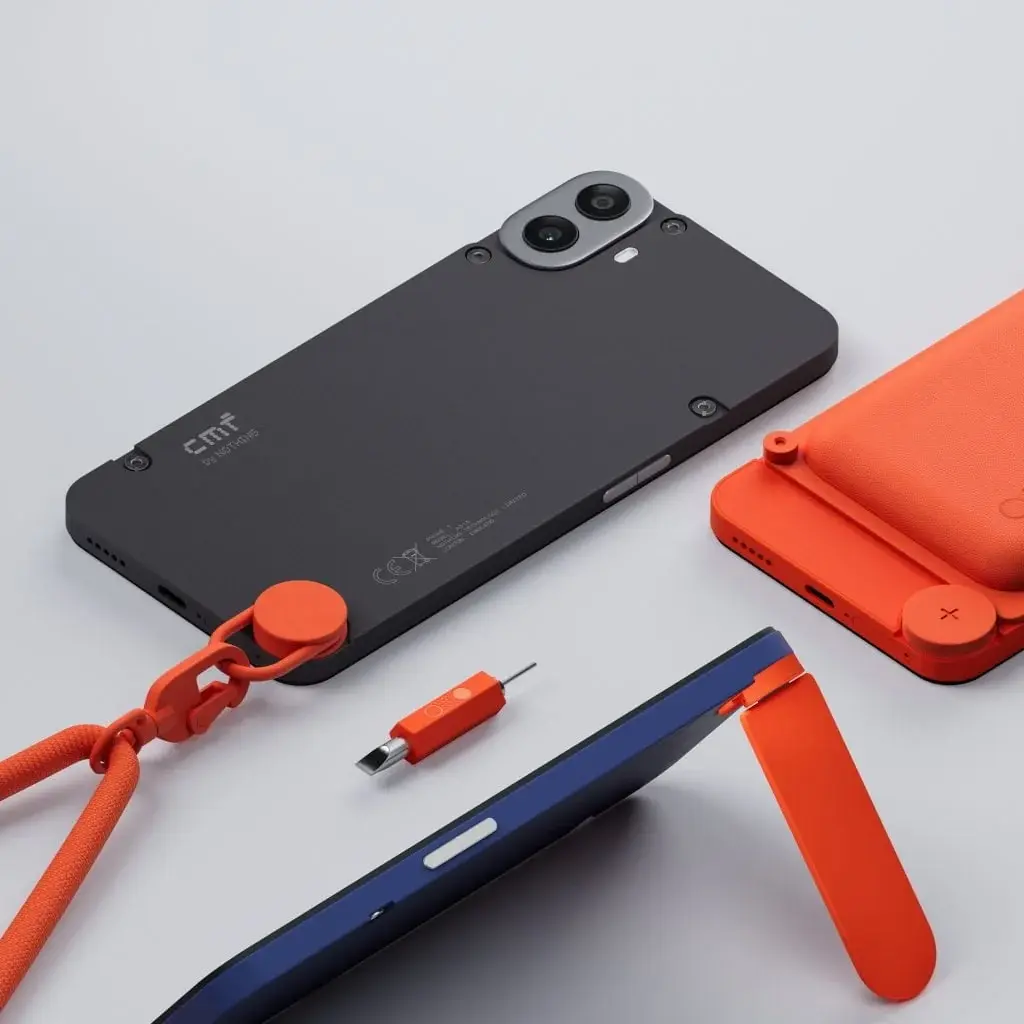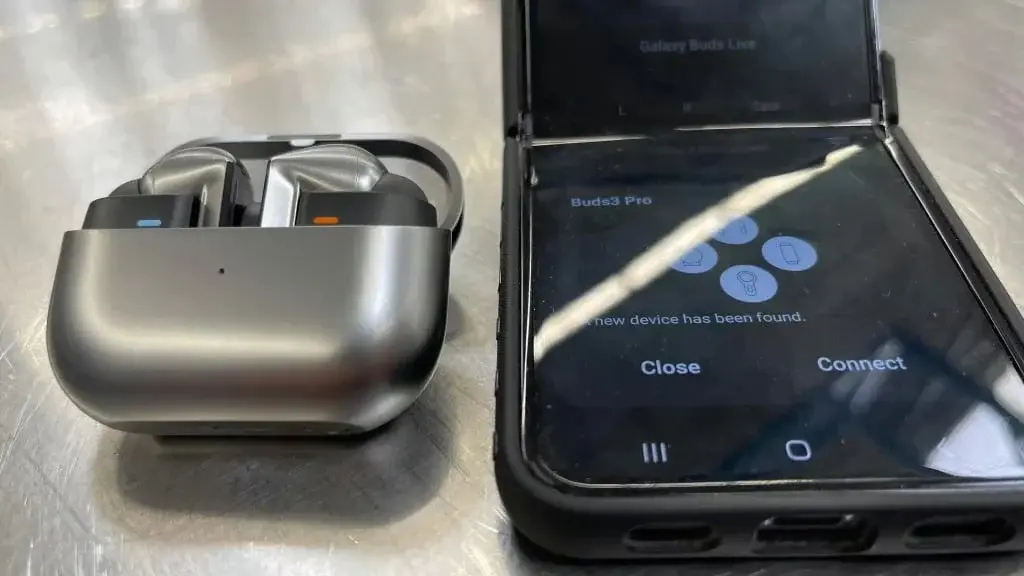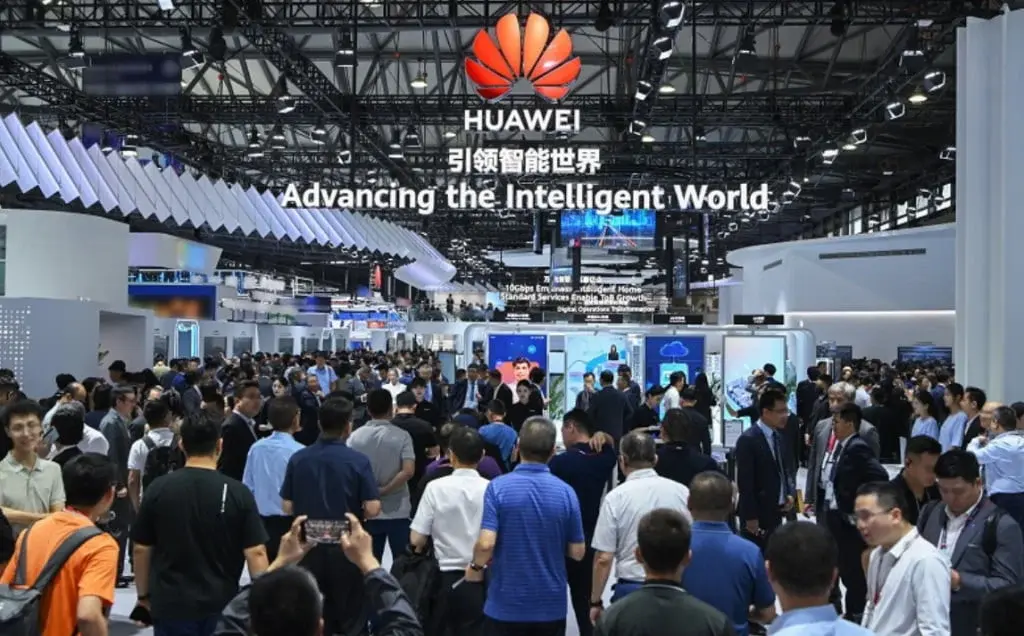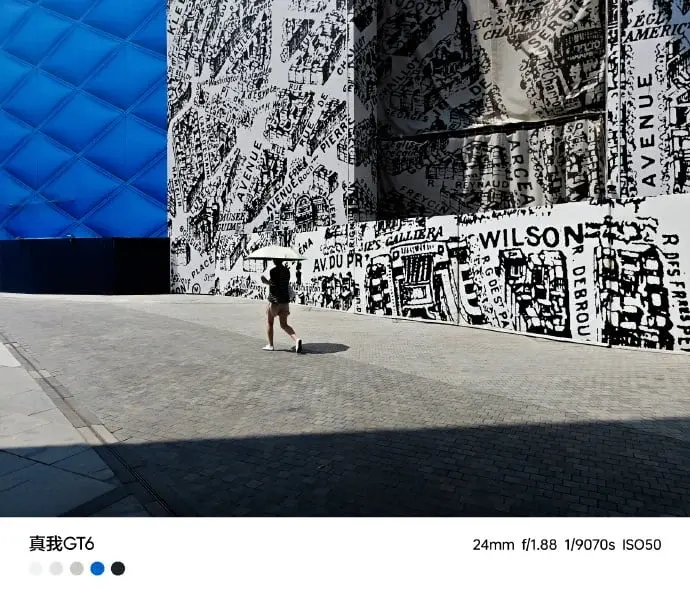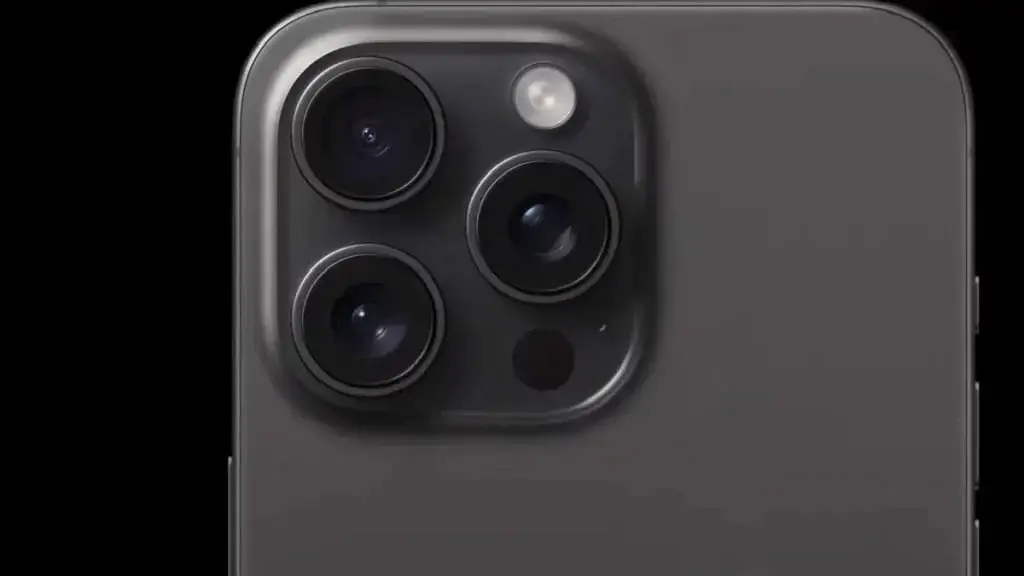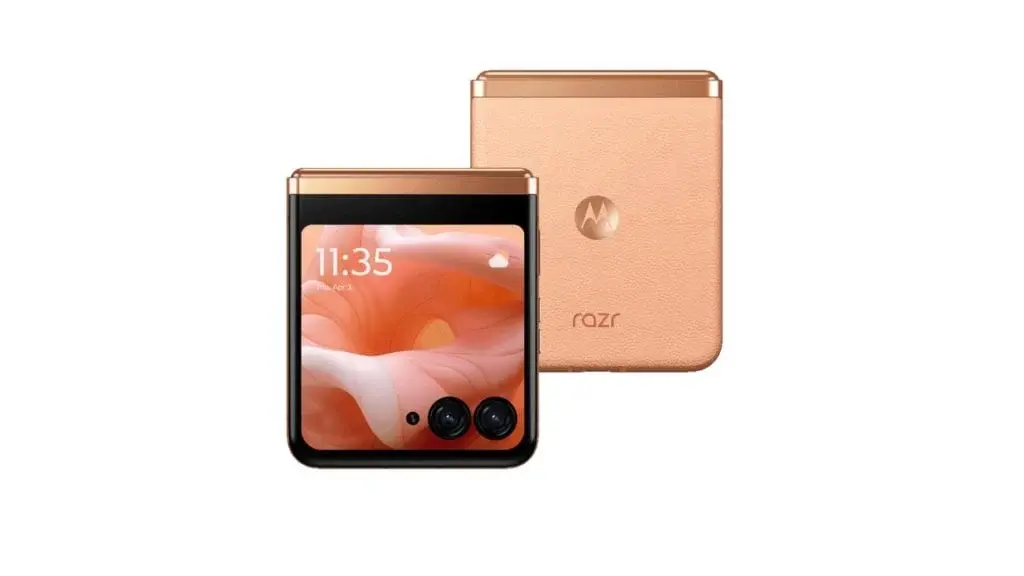The CMF Phone 1 from Nothing is scheduled for release on July 8. In the lead-up to the launch, the company has been unveiling the phone’s specifications bit by bit. The only detail that remained undisclosed until now was the price, which has been revealed through a Flipkart advertisement.
A YouTube banner ad by Flipkart, noticed by X (formerly Twitter) user @himawanth8, shows that the CMF Phone 1 will be priced at Rs. 17,999 in India. However, after applying discounts, the cost could drop to Rs 14,999.
Pricing and Discounts
The reduced price likely involves a combination of exchange bonuses and bank/card discount offers. This discount strategy is not new for Nothing; they employed a similar tactic with the Nothing Phone 2(a), offering an introductory price of Rs. 19,999. The ad also indicates that the first sale of the CMF Phone 1 will commence at 12:00 PM on July 12.
Specifications and Features
For specifications, the CMF Phone 1 will feature a Dimensity 7300 processor, a 5,000 mAh battery, and a dual rear camera setup with a 50 MP primary sensor and a 2 MP depth sensor. One of the phone’s standout features is its customizable rear panel. Users can remove the back panel and replace it with a new one. The CMF Phone 1 will come with interchangeable back panels in Black, Blue, Light Green, and Orange. The rear panel also includes a dial-like design for attaching accessories such as lanyards.
Regarding the display, the phone will sport a Super AMOLED screen. Specifically, it will have a 6.7-inch Full HD+ AMOLED display with a 120Hz refresh rate and 2000 nits of peak brightness.7-inch Full HD+ AMOLED display
Competitive Pricing
Given the leaked price, the CMF Phone 1 seems to be very competitively priced, potentially even more affordable than some of its rivals. Additional back covers and attachments, likely sold separately, may help offset the lower-than-expected phone cost. Nonetheless, for those not interested in buying accessories, the CMF Phone 1 could still offer substantial value.

